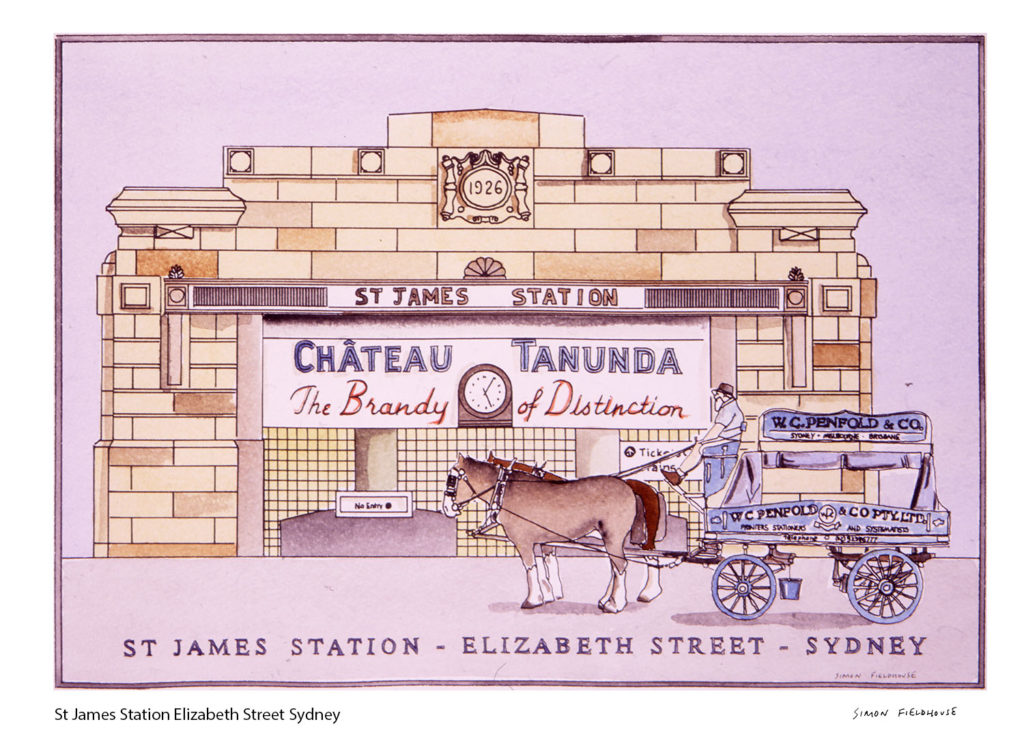
St James's Railway Station Elizabeth Street Sydney
St James's Railway Station Elizabeth Street Sydney is located on the City Circle, at the northern end of Hyde Park in the Sydney central business district. It is served by Sydney Trains T2 Airport, Inner West & South and T3 Bankstown line services. It is named after the nearby St James' Church.
Part of the Bradfield Plan, St James station was originally intended to be a major interchange with the Eastern Suburbs lineon Sydney's underground rail system. Plans for the construction of St James included railway lines in four directions, but the original plan was never completed due to disagreements over the routes. Four platforms were completed, but the two inner platforms, intended to support Bradfield's proposed eastern and western suburbs lines, were never put into service. When the Eastern Suburbs line was eventually built it was done so via a different route via Town Hall.
In the 1990s, the two island platforms were connected by filling in the track space between the two inner platforms, resulting in the single, large island platform seen today.The station itself was designed by New South Wales Government Architect George McRae, but not completed until after his death. An example of Inter-War Stripped Classical architecture influenced by Art Deco. One distinctive feature of the station is a neon sign from the late 1930s advertising Chateau Tanunda Brandy installed by Tucker, Lingard & Co, located at the northern entrance on Elizabeth Street.
St James station opened on 20 December 1926 with the opening of the eastern city line from Central. For the first 30 years, St James station was used as a terminating station for the Bankstown, East Hills andIllawarra lines.As a terminating station, St James was equipped with a small signal box and two dead end sidings, located in the tunnel stub at the north end of the station.[2][7] The St James signal box, equipped with pistol grips, was the smallest such box in New South Wales. Trains arriving at St James would disembark passengers on one of the outer platforms, then the train would move to a siding and reverse direction, coming out at the opposite outer platform. During non-peak hours the driver would simply move to the other end of the train while the train was on the siding.